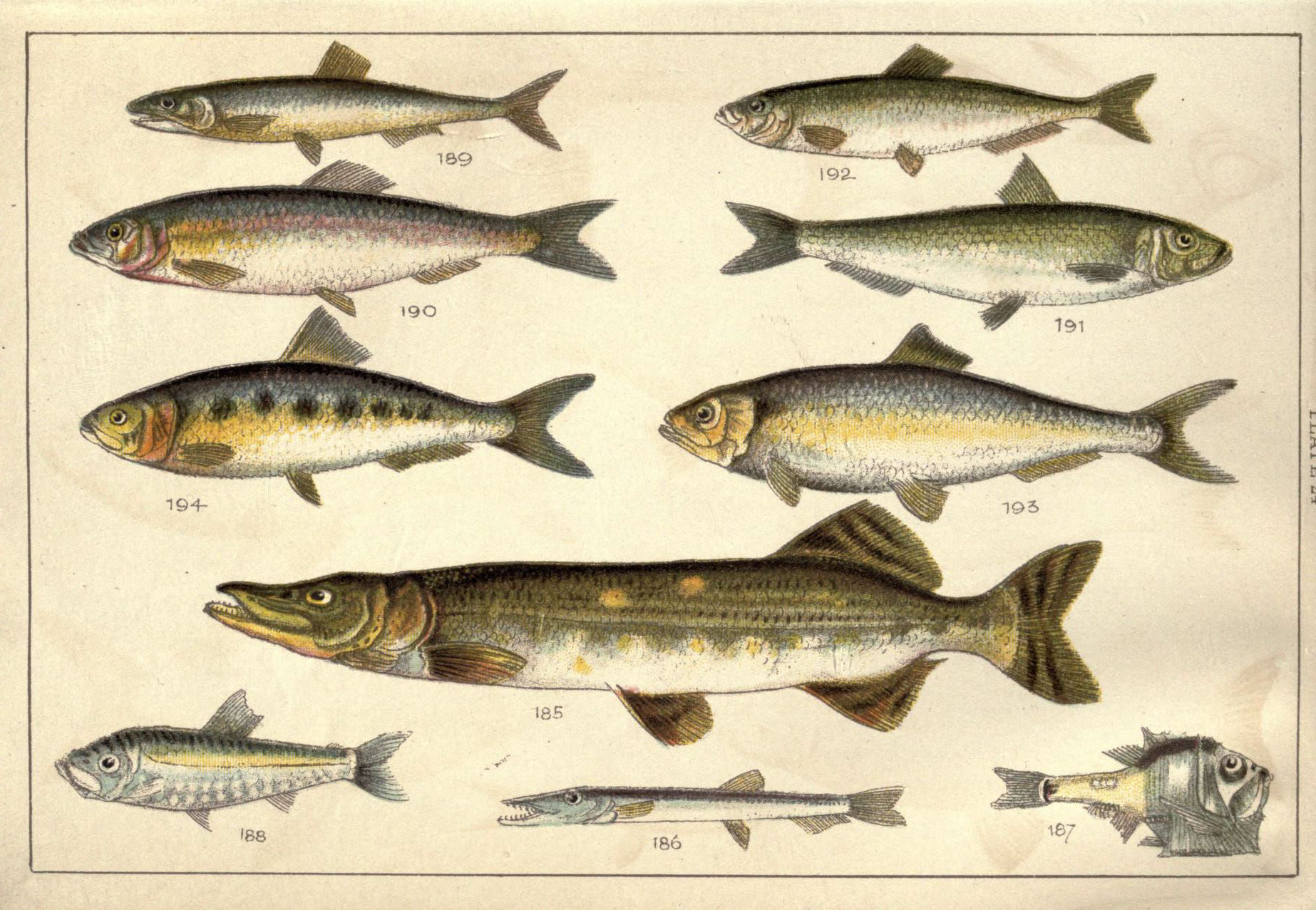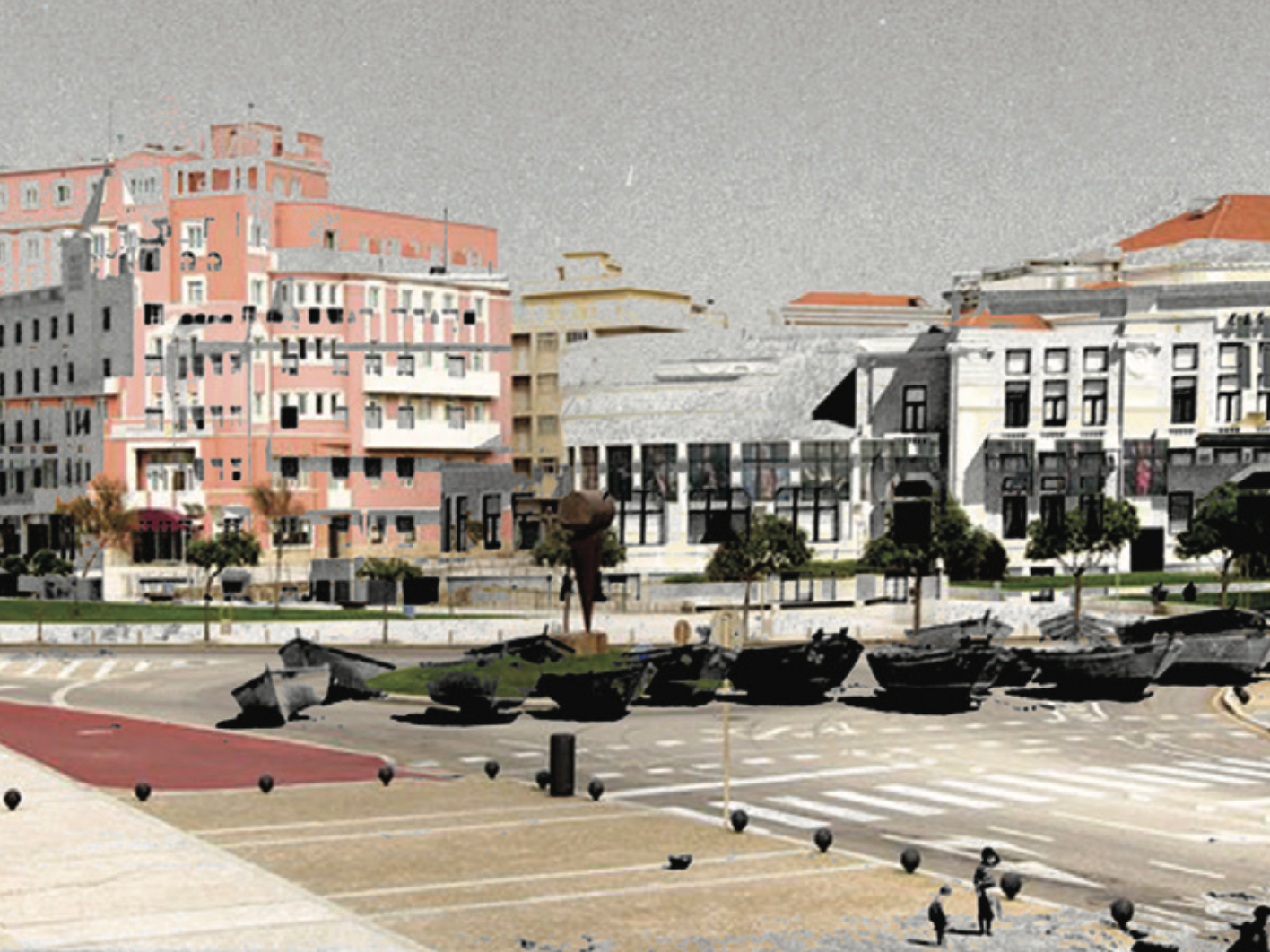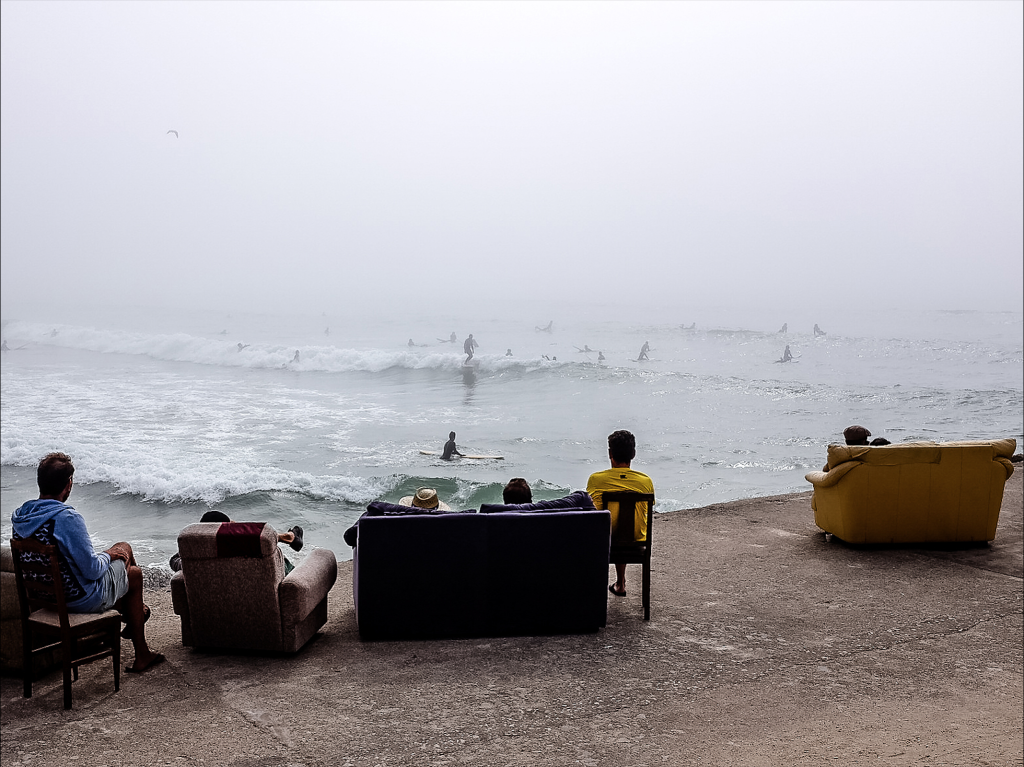The Sea and the Shore (2017-2021)
The Sea and the Shore, Architecture and Marine Biology: The Impact of Sea Life on the Built Environment aims to chart the complex relationship between marine biology and the built environment, beginning with fish and algae. We can trace the history of many urban developments and built landscapes by considering the human activities centred on marine resources. Often considered as separate universes, the sea and the shore live in a continuum characterized by constant social and physical interactions. Take, for example, sardine fishing or the use of sargasso as an agricultural nutrient: each activity provides a livelihood and promotes economic development but also calls for specific architectural devices. Following the sardine or the sargasso leads us to their impact on onshore construction, ranging from the development of large industrial canneries to the shaping of the landscape for agricultural purposes. The trail even allows for links to be drawn between the two activities, as often the same people work in the fisheries in the summer and the fields in the winter. Hence, it is possible to think of architectural history through a biological lens and to connect the complex ecology of the sea with the no less complex transformation of the built environment on land.
Team 2017-2021
André Tavares (Porto, 1976) is an architect and has been running Dafne Editora. With Diogo Seixas Lopes he was editor-in-chief of the magazine Jornal Arquitectos (2013-2015) and in 2016 co-curator of the 4th Lisbon Architecture Triennale, The Form of Form. His book The Anatomy of the Architectural Book (Lars Müller/Canadian Centre for Architecture, 2016), addresses the crossovers between book culture and building culture. Currently he is a researcher at School of Architecture of the University of Minho, in Guimarães, and consultant of Garagem Sul Architectural Exhibitions, in Lisbon.
Elsa Froufe graduated in Biology in 1997 (Aveiro University), obtained her PhD in 2006 (Porto University) and is the Team Leader of the Laboratory of Aquatic Ecology and Evolution in CIMAR. Her main research interests are in the areas of biodiversity, population genetics, and conservation. She is particularly interested in the application of integrative cross-discipline approaches related to the different levels of biodiversity organization. She has published over 70 papers in international peer-review journals, supervised BsC, Msc and PhD students, and achieved national and external competitive funds.
Ivo Pereira de Oliveira (Lisbon, 1976) is an architect by the Faculty of Architecture of University of Porto (2000), Master in Advanced Studies in Architecture, Territory and Memory (FCTUC, 2007) and PhD in Architecture (EAUM 2015). Professor at School of Architecture of the University of Minho (since 2004). Member of Landscape, Heritage and Territory Laboratory (Lab2PT), a R&D unit of the University of Minho (since 2015). Board member of UM-Cities, a platform that rewarding good practices in projects implemented by municipalities (since 2017). Director of the integrated master's degree in architecture (since 2018). Develops research about infrastructure and public spaces in the extensively urbanized territory of the northwest Iberian Peninsula.
Marta Labastida is an architect by the ETSAB-UPC (Barcelona 1998), Master in Landscape architecture (ETSAB-UPC, Barcelona 2000) and PhD in Architecture (EAUM, Guimarães 2013). Researcher at Lab2PT, Professor at School of Architecture of the University of Minho (since 2002). Director of EAUM Centro de Estudos since 2015, coordinator of numerous projects. Part of Jornal Arquitectos team (2013-2015) and Universities competition team of the fourth edition of Lisbon Architecture Triennial (2016). She has worked with the architect Manuel de Solà-Morales between 1999 and 2001 and at CRPP - Centre de Recerca i de Projectes del Paisatge Of the Polytechnic University of Catalonia with the architect Rosa Barba between 1995-99.
Filipe Castro is an auxiliary researcher at CIIMAR and an invited professor at the Faculty of Sciences of the University of Porto. He received his degree in Biology in 1996 and his PhD in 2004 in Biomedical Sciences from ICBAS-University of Porto. His research interests focus on genetics, evolution and endocrine disruption, more specifically in the interplay between genomes and environmental settings.
Diego Inglez de Souza (São Paulo, 1978) is an architect and urban planner by the Faculty of Architecture and Urbanism of University of São Paulo (2003), PhD History and Architecture (FAU-USP/Université Paris 1 Panthéon Sorbonne, 2014). Assistant curator of the X International Architecture Bienal of São Paulo (2013), teacher of Catholic University of Pernambuco (2014-18) and fellow researcher at School of Architecture of the University of Minho (2019-22). Author of Reconstruindo Cajueiro Seco (FAPESP/ Annablume, 2010) and several articles and papers on brazilian and european journals, magazines and exhibition catalogues.
Daniel Duarte Pereira (Johannesburg, 1987) is an architect by the School of Architecture of the University of Minho, Guimarães (2011), where he has worked as an invited assistant, research scholar and is currently developing his PhD co-supervised by the Vrije Universiteit in Brussels. Besides his academic work, he has collaborated in the production of several architectural books and exhibitions. He is also co-founder of Space Transcribers, a NGO that designs socially-engaged projects related to architecture, city and territory.
Aitor Ochoa (Barcelona, 1991) is an architect at the Superior Technical School d'Arquitectura de Barcelona (2017). Since 2018 works as a researcher at the Laboratory of Landscapes, Heritage and Territory (Lab2PT) of the University of Minho.
André Machado graduated in Biology in 2013 and obtained his Master degree in Biotechnology in 2016 (bachelor’s degree in Faculty of Sciences and master’s degree in Instituto Superior Técnico, both part of Lisbon University). Since 2016 works as a bioinformatician at AEE (Aquatic Ecology and Evolution) and AGE (Animal Genetic and Evolution) laboratories at CIIMAR (Interdisciplinary Centre of Marine and Environmental Research ). His research interests are focused in genómics, evolution and bioinformatics fields, having as main purpose to build and provide new genomic and transcriptomic references to a broad range of studies, from gene evolution, functional and comparative genomics up to aquaculture and environmental toxicology.
This work had the financial support of the Project The Sea and the Shore, Architecture and Marine Biology: The Impact of Sea Life on the Built Environment (PTDC/ART-DAQ/29537/2017 with the financial support from FCT/MCTES through national funds (PIDDAC) and co-financing from the European Regional Development Fund (FEDER) POCI-01-0145-FEDER-029537, in the aim of the new partnership agreement PT2020 throught COMPETE 2020 – Competitiveness and Internationalization Operational Program (POCI).


